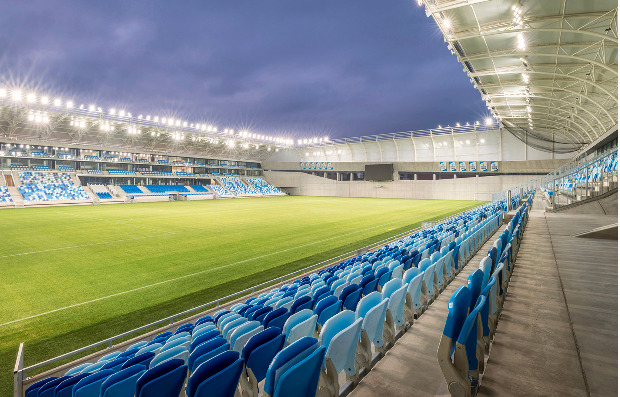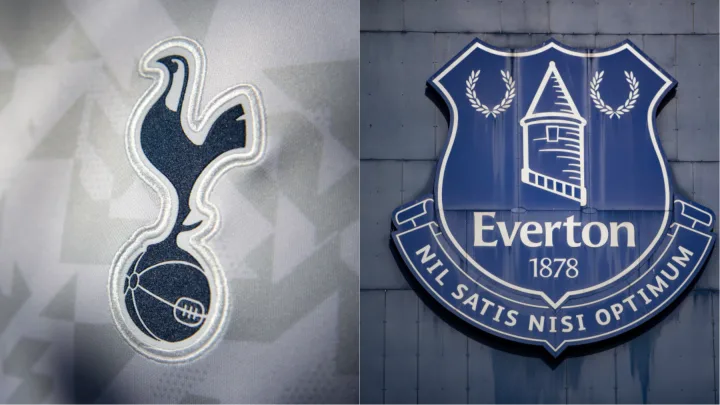The atmosphere is frequently more intimate and intense in the smallest premier league stadiums. Fans can feel more connected to the game because of how near the stands are to the playing field. As they can hear the reactions of the crowd and feel their support more clearly, this might give them an energy and motivation boost.
Smaller stadiums typically feature fervent, noisy fans. The crowd can create a dynamic atmosphere during the game because they are typically closer to the action. This fervent backing can motivate athletes and foster an atmosphere that fosters excellence.
The defending champion team may have an edge if they are playing in a smaller stadium. The home team may feel at ease and confident due to the familiarity of the venue, the size of the pitch, and the backing of the crowd.
Players may be more aware of the subtleties of the stadium, which will allow them to modify their gameplay accordingly.
These stadiums are smaller, yet they still host Premier League games, so fans can still see top-tier football there. The league’s competitive culture and the chance to demonstrate their abilities in every stadium, no matter its capacity, motivate players.
1. Vitality Stadium – AFC Bournemouth

Since 1910, AFC Bournemouth has called the Vitality Stadium, commonly referred to as the Dean Court, their home. It is a football stadium in Bournemouth, England. It is one of the Premier League’s smallest venues, with a capacity of just over 11,000, yet it is renowned for its fervent and boisterous atmosphere.
The most recent refurbishment, which was finished in 2019, included the building of a new stand and an increase in the stadium’s overall capacity. The stadium has had improvements throughout time.
2. Brentford Community Stadium – Brentford FC

Since 2020, Brentford FC has called Brentford Community Facility, a football facility in London’s Brentford, home. It is one of the Premier League’s smallest stadiums with a 17,250 capacity, but it also has cutting-edge amenities and an updated exterior.
Gryphon Park, the previous home of Brentford, was the site of the stadium. Some of the old ground’s historical components, such as the conventional brickwork, are included in its design.
3. Craven Cottage – Fulham FC

Although the exact position of the Club’s grounds in 1884–1885 is unknown, Lillie Road was mentioned as the location.
From 1886, the Club played at Ranelagh House for two seasons.
The Hurlingham Club, where the Ranelagh House ground is located, is close to the River Thames, and the squad utilized the Eight Bells Public House on Fulham High Street as a changing area.
According to the West London Advertiser, Fulham St Andrew’s played Stanley FC in the first game at Ranelagh House and won 5-0. Fulham relocated to a new stadium at Barn Elms, Castelnau, in 1888.
4. Selhurst Park – Crystal Palace FC

The Crystal Palace Football Club has called Selhurst Park, a football stadium in South Norwood, London, home since 1924. Although one of the Premier League’s smallest stadiums with a capacity of 25,486, Crystal Palace supporters adore it for its distinctive and intimate ambiance.
Over the years, the stadium has undergone a number of modifications, the most recent of which was finished in 2018 and involved the reconstruction of the Main Stand and the installation of 2,400 new seats. Because of its proximity to the field, Selhurst Park is recognized for having a lively environment during games.
5. AMEX Stadium – Brighton & Hove Albion FC

The Brighton & Hove Albion Football Club has called the AMEX Stadium, a football stadium in Brighton and Hove, home since 2011.
It is one of the bigger stadiums in the Premier League, with a capacity of 30,750. Modern architecture, cutting-edge amenities, and breathtaking views of the countryside are all featured in this establishment.
The stadium has several environmentally friendly elements, like solar panels and rainwater harvesting, because it was built with durability in mind.
6. Watford, Vicarage Road

Since the team relocated from Cassio Road in 1922, it has served as Watford’s home.On 30 August 1922, Col. Charles Healey of Benskins Brewery formally opened the pitch in preparation for Millwall’s visit. The stadium has served as Watford’s home ever since it opened, as well as Wealdstone F.C.
Do the smallest Premier League Stadiums have a negative impact on fans?

No matter the size of the stadium, Premier League clubs work hard to interact with and serve their fan base. Clubs strive to pack their stadiums with fervent supporters, whether it is a tiny stadium with a few thousand seats or a larger one with tens of thousands.
When we talk about the Premier League, the size of the stadium does not really matter to the fans. The fans of Football come to watch the game with excitement for the love of their favorite players playing Football Matches.
The number of fans who can enter a stadium, safety rules, and any limitations set by governing organizations or local authorities are only a few of the variables that affect the number of fans who can watch a match.
Each team follows these rules to guarantee the security and pleasure of match-going fans.




